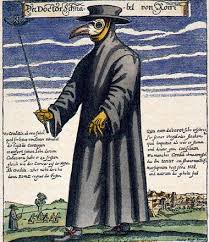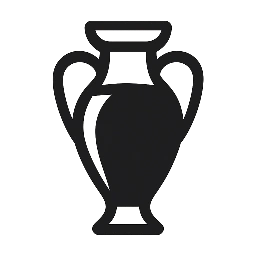Vaša košarica je trenutno prazna!
Introduction: A Dirty Reputation That Isn’t Entirely True
The Middle Ages are often portrayed as filthy, disease-ridden, and lacking all sense of hygiene. Popular media has painted medieval people as smelly peasants who never bathed and lived among dirt, rats, and waste. But how accurate is this image? In reality, many people in the medieval period valued cleanliness far more than we give them credit for. From public bathhouses to personal grooming habits, hygiene in the Middle Ages was much more complex—and cleaner—than the myth suggests.
Medieval People Did Bathe—And Often
Contrary to modern belief, bathing was common in the Middle Ages, especially during the early and high medieval periods. Public bathhouses, often influenced by Roman traditions, existed in towns and cities across Europe. In fact, in places like 13th-century Paris or London, you could easily find bathhouses used by both the rich and the poor. People bathed for both cleanliness and social interaction, and some even added herbs and oils to their baths for fragrance and health.
Soap Was Used and Widely Available
Another myth is that medieval people didn’t have or use soap. In truth, soap made from animal fat and lye was commonly produced and used. By the 12th century, soap-making had become a recognized trade in parts of Europe, especially in Italy, France, and Spain. Though the quality varied, people had access to cleaning agents for washing both their bodies and clothes. Wealthier households often used perfumed soaps imported from the Islamic world.
Oral and Personal Hygiene Was Practiced
Medieval people were also concerned with oral hygiene. They cleaned their teeth using twigs, linen cloths, salt, and even herbs like sage and mint. Hair was combed frequently to remove lice and dirt, and head coverings were worn to protect it from dust. People also washed their hands before and after meals, especially in monastic and noble settings, where manners and hygiene were linked to piety and status.
Rural vs. Urban Cleanliness
There were differences depending on class and location. Urban areas could be dirtier due to crowded living conditions, lack of sanitation infrastructure, and waste disposal problems. However, even in cities, laws and regulations were introduced to maintain cleaner environments. In contrast, rural villagers had more access to clean water from wells and rivers and could maintain decent personal hygiene despite lacking sophisticated plumbing.
The Decline After the Black Death

The Black Death (1347–1351) drastically changed how Europeans approached hygiene. With the rise of fear around disease and “bad air” (miasma theory), some people began to avoid bathing, believing water opened the pores and let in illness. Religious ideas of bodily denial and humility also contributed to a decline in bathing in some regions, especially during the later Middle Ages and early Renaissance.
Why the “Dirty Medieval” Myth Exists
So where did the myth come from? Much of it stems from Renaissance and Enlightenment writers who looked down on the Middle Ages as a “dark” time. Victorian England also helped spread the idea of the filthy peasant to contrast with their own sanitized, industrialized society. Pop culture and Hollywood films exaggerated dirt and disease for drama, cementing the image of a filthy medieval world in the modern imagination.
Conclusion: More Soap Than You Think
While medieval people didn’t have modern plumbing or daily showers, they weren’t nearly as dirty as the myth suggests. Cleanliness mattered, soap existed, and public baths were common. The truth is more nuanced—and far cleaner—than the stereotype. The next time you picture a medieval knight or peasant, remember: they probably smelled of lavender soap and rosemary, not mud and manure.
Explore more historical war machines on our Legends and Myths site.

